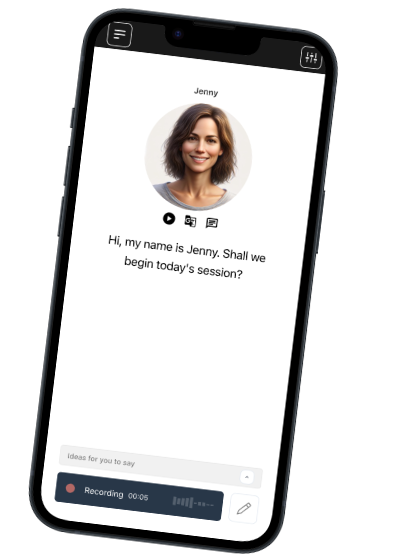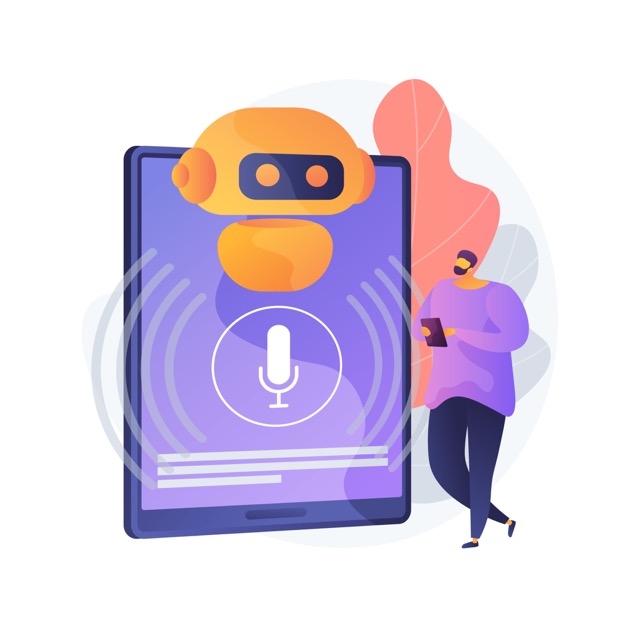Founded in Denmark. We respect your privacy.
Join a worldwide community of language learners
Do You Make These Mistakes with Double Words? Chai Tea, Naan Bread, and Other Surprising Language Redundancies Explained
Last updated on
Have you ever ordered a “chai tea” at your favorite café or enjoyed some “naan bread” with your curry? These expressions are so common in English that most of us never notice their hidden quirk—they’re actually saying the same thing twice. Welcome to the world of double words, where linguistic redundancy reveals some fascinating truths about how we borrow, adapt, and sometimes mangle words from other cultures.
This phenomenon isn’t just about tea and bread. It runs much deeper, touching on the ways language learners and native speakers alike can fall into the same traps. But why do we end up with these double-ups, and what can they teach us about language learning and cultural exchange? There’s a surprising answer waiting at the end of this post, one that might just change how you approach learning any new language.
What Is a Double Word?
“Double words”—also known as pleonasms—are phrases in which a word from one language is mixed with its translation in another. In linguistics, this is called a tautological compound. “Chai tea” literally means “tea tea,” because “chai” is the Hindi (and many Asian languages’) word for “tea.” “Naan bread” does the same—“naan” is simply “bread” in Persian and Urdu, so “naan bread” is “bread bread.” Noticing a pattern?
Other popular examples include:
- Sahara Desert: “Sahara” comes from Arabic for “desert,” meaning “desert desert.”
- Lake Tahoe: “Tahoe” stems from the Washo word “dáʔaw,” meaning “the lake,” so it’s “Lake the Lake.”
- Shiro sauce: Common in Ethiopian cuisine, “shiro” means “sauce” in Amharic. “Shiro sauce” is “sauce sauce.”
- ATM Machine: While not a cross-linguistic example, it’s also redundant (“Automated Teller Machine machine”).
This kind of redundancy is found in languages and dialects all over the world (Wikipedia: Macaronic language). Sometimes, it even serves a purpose—clarifying meaning for those who don’t know the original language, or simply helping words fit English grammar and expectations.
Why Do Double Words Happen?
Most double words slip in through language borrowing. When speakers adopt unfamiliar words, they often add a familiar term for context. For example, when “chai” entered English, few recognized it as “tea,” so “chai tea” was clearer than just “chai.” Over time, the double phrase sticks even after the original word’s meaning becomes known.
Linguists observe that these tautologies can reveal power dynamics, trade routes, and historical patterns of migration (Britannica: Pleonasm). They also reflect the challenges of real-world communication: we repeat ourselves to be better understood, especially when words cross cultures.
The Hidden Impact for Language Learners
For students navigating a new language, these redundancies can create confusion. Learning lists of food or place names often means unknowingly doubling words. Imagine asking for “naan bread” in India and being met with a puzzled look! Similarly, describing your visit to the “Sahara Desert” to an Arabic speaker can feel odd, as if you’re showing you never learned the original meaning.
This is where platforms like Talkio’s English (US) or Talkio’s Hindi come in—by focusing on authentic conversation, learners naturally pick up which words are already loaded with meaning, and avoid these subtle mistakes. Instead of textbook redundancy, they catch the nuances that real-world speakers notice.
Global Examples and Why It Matters
The pattern isn’t only in English. Many languages do similar things. In Mandarin Chinese, “Yangtze River” is an English redundancy because “Jiang” already means “river.” Spanish speakers say “La Brea Tar Pits” in California, but “la brea” means “the tar.” Even across unrelated languages, the drive to clarify through redundancy repeats.
According to linguistic studies (Research on language transfer, Cambridge English), learners are especially prone to over-explaining or repeating words in an attempt to be understood. Recognizing these redundancies is key—not just for sounding natural, but for building real cultural awareness.
The Big Reveal: Double Words as Windows Into Language—and Ourselves
And now, the promised twist. Double words aren’t just mistakes or quirks. They act as windows into how languages mix, migrate, and become part of our shared world. They reveal our instinct to clarify when we feel uncertain and our desire to connect across cultures, even if we sometimes repeat ourselves. For language learners, recognizing redundancies can be a sign that you’re starting to think like a native—someone who understands that what makes language interesting isn’t perfection, but the fascinating imperfections that bring us together.
Talk Your Way
to Fluency

Talkio is the ultimate language training app that uses AI technology to help you improve your oral language skills!
Try Talkio


